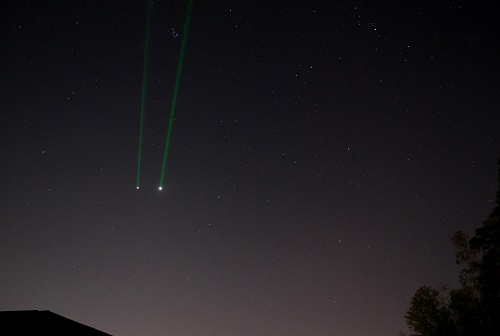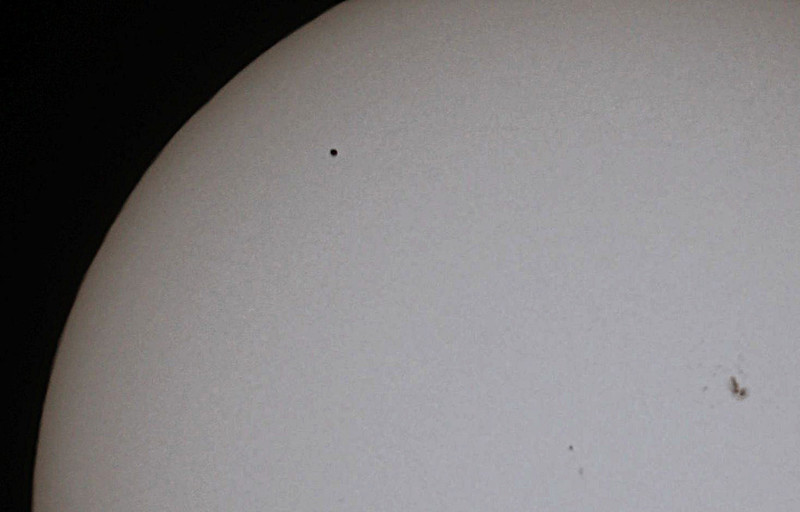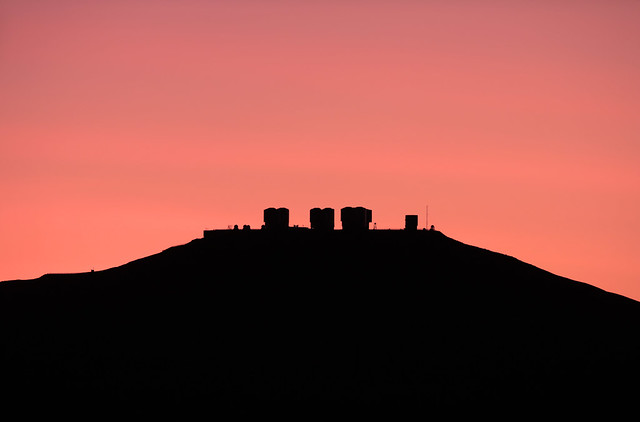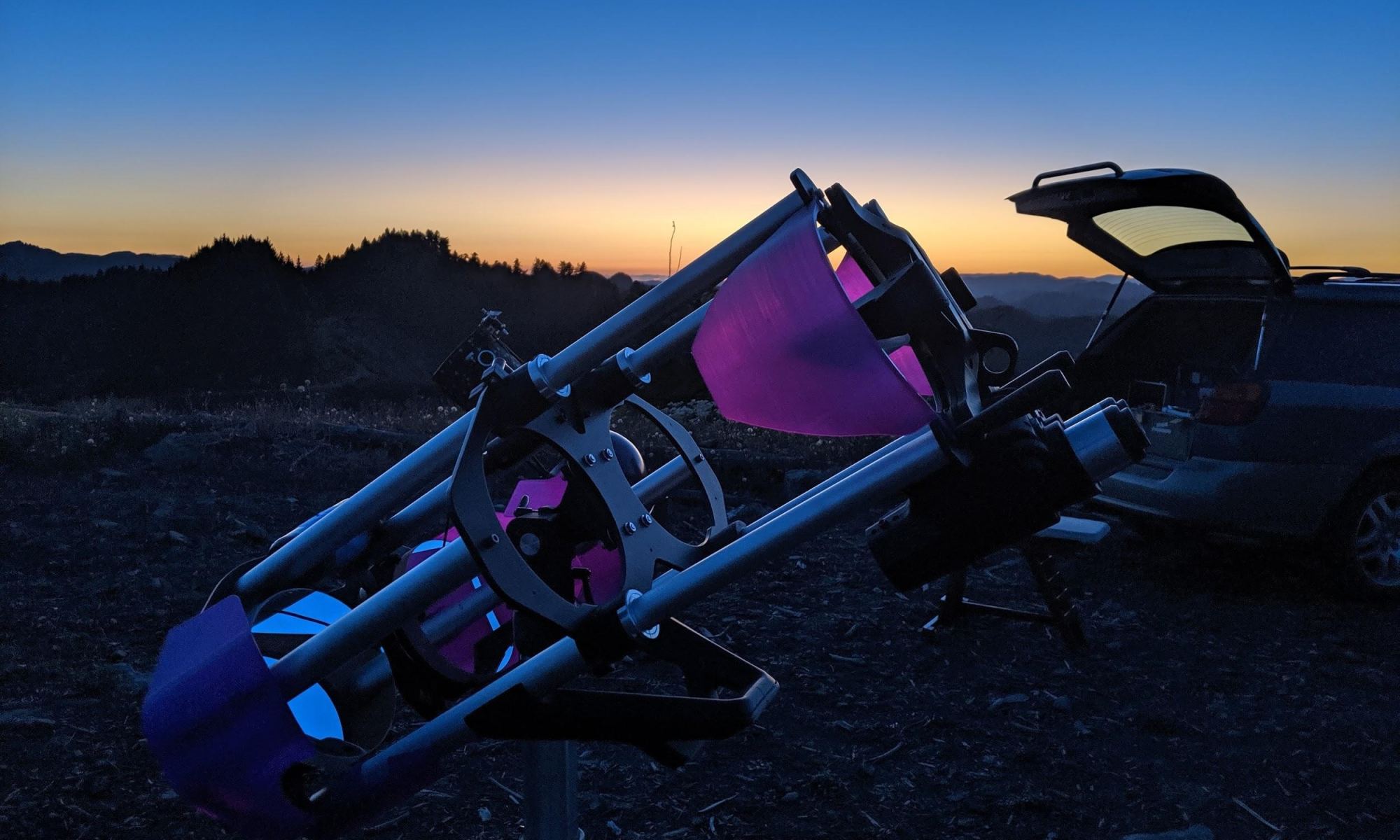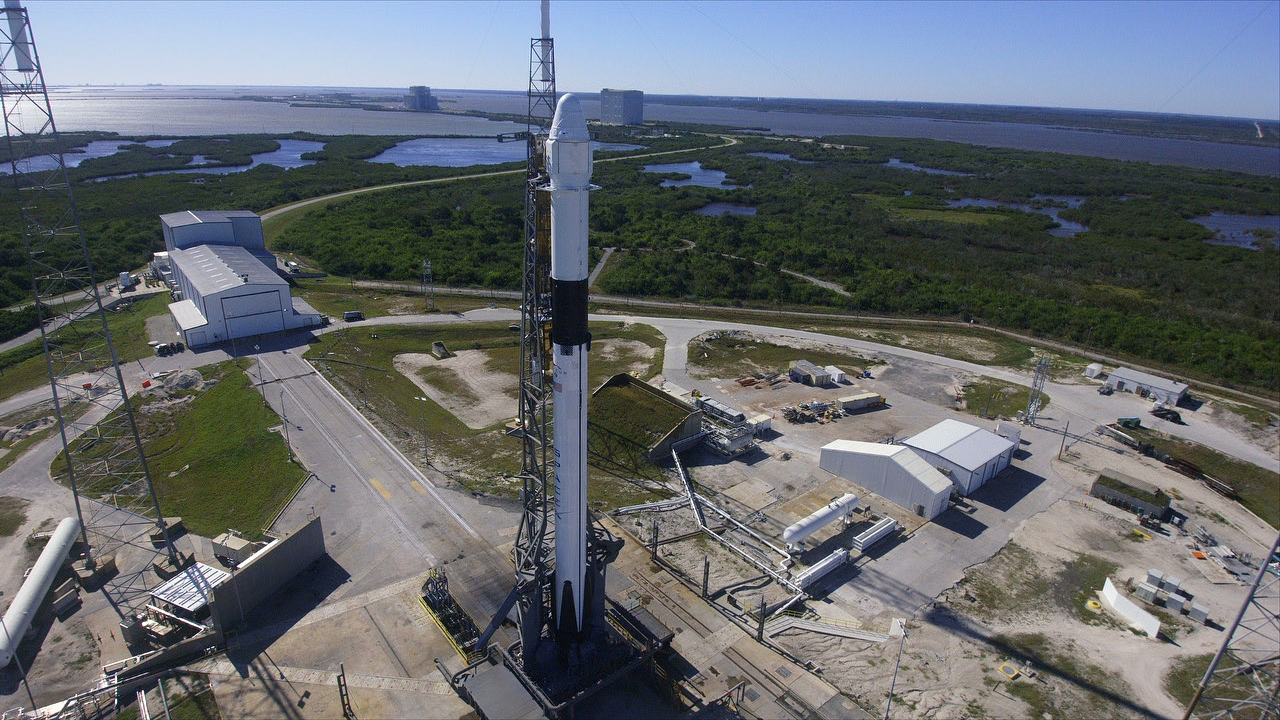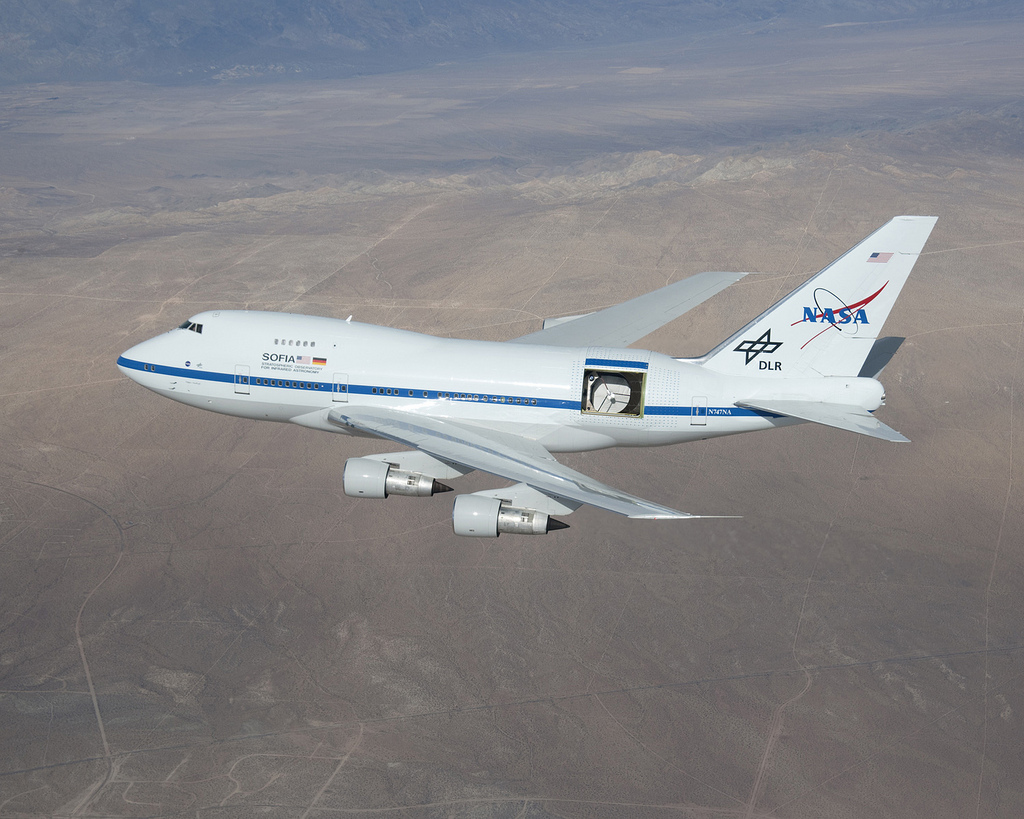Get ready: The conjunction queries are inbound. “Did you see those two bright things in the sky last night?” Says a well-meaning family member/friend/coworker/random person on Twitter who knows you’re into astronomy. “They were HUGE!”
Continue reading “Conjunction Alert: Jupiter Meets Venus at Dusk”Our Guide to the November 11th, 2019 Transit of Mercury Across the Sun
One of the finest spectacles in astronomy is to witness the passage of one object in front of another. This can transpire as an eclipse, an occultation, or a rare event known as a planetary transit. We get a shot at seeing just such a singular event next Monday on November 11th, as a transit of Mercury across the face of Sol occurs for the last time this decade.
Continue reading “Our Guide to the November 11th, 2019 Transit of Mercury Across the Sun”Did an Ancient Supernova Force Humans to Walk Upright?

A new study hints at a possible fascinating twist in human evolution. Did a chain of cosmic events triggered by a nearby ancient supernova force humans to walk upright?
Continue reading “Did an Ancient Supernova Force Humans to Walk Upright?”Tracking Twilight: ‘Purple Sunset Effect’ Seen Worldwide
Has twilight looked at little… purple to you as of late? The ‘purple sunset’ effect is subtle, but currently noticeable on a clear evening. Sunsets are always colorful events, as the Sun’s rays shine through a thicker layer of the atmosphere at an oblique angle, scattering out at longer, redder wavelengths. When the air is clear and relatively dust free, this effect is at a minimum… but when the upper atmosphere becomes saturated with dust particles and aerosols, the sky can erupt in a panoply of colors at twilight.
Continue reading “Tracking Twilight: ‘Purple Sunset Effect’ Seen Worldwide”A 3D Printed Telescope: The Analog Sky Drifter
A unique 3d printed telescope named the Analog Sky Drifter may spark a revolution in amateur telescope making.
Continue reading “A 3D Printed Telescope: The Analog Sky Drifter”Our Guide to Tuesday Night’s Partial Lunar Eclipse
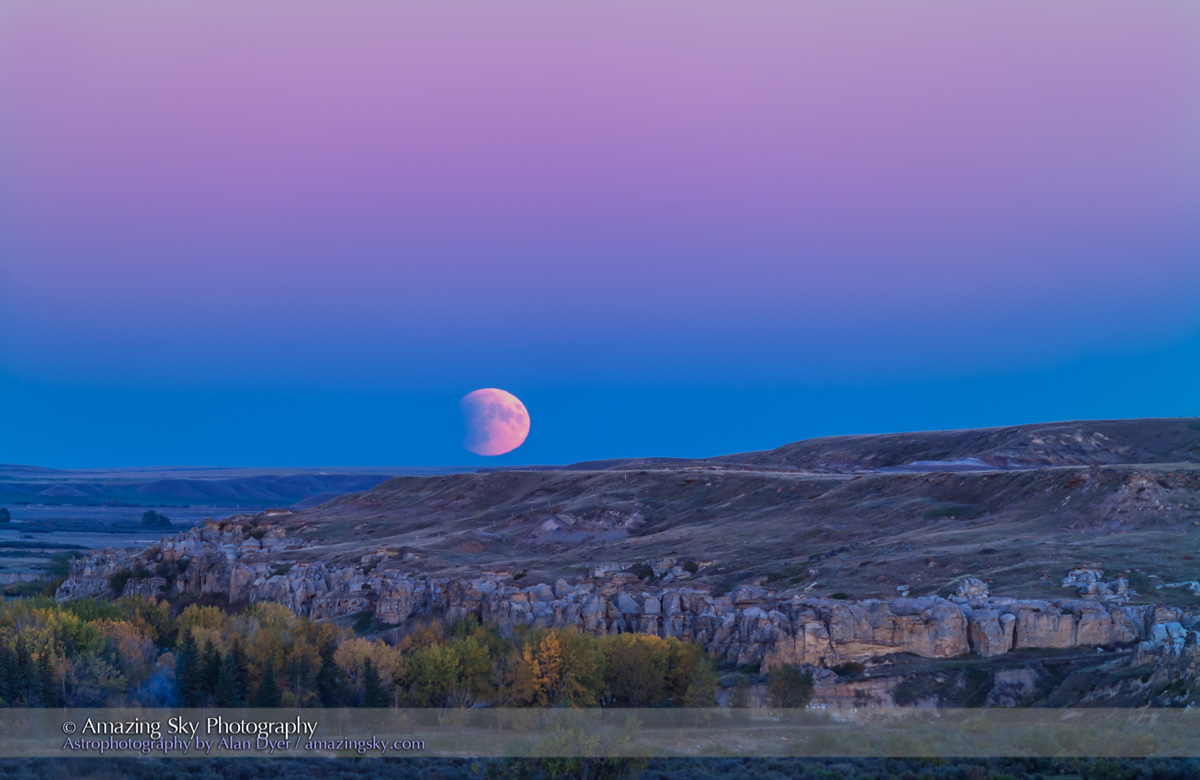
Happen to be in Europe, Africa, Asia or Australia on Tuesday night, July 16th with clear skies? If the July weather cooperates, you’ll have a good view of a fine partial lunar eclipse, the final lunar eclipse for 2019.
Continue reading “Our Guide to Tuesday Night’s Partial Lunar Eclipse”Catching a Ride on the Starlink Satellite Train: Midnight Marvel, or Night Sky Menace?
Have you seen Starlink? It all started, as all good breaking astronomical events seem to do, late on a Friday night. We got the notification first from veteran satellite tracker Dr. Marco Langbroek over in the Netherlands via the venerable See-Sat-L message board, and on Twitter soon after:
Continue reading “Catching a Ride on the Starlink Satellite Train: Midnight Marvel, or Night Sky Menace?”Friday’s SpaceX Dragon Launch CRS-17 to Light Up the U.S. East Coast
Update: The CRS-17 launch has slipped to Friday, May 3rd, to give NASA time to evaluate electrical issues aboard the International Space Station. Follow us (@Astroguyz) on Twitter for further updates on the visibility prospects of the mission leading up to launch.
Ever seen a rocket launch before? Catching one is easier than you might think. You just need to be looking in the right direction at the right time, and have clear skies. If you happen to be watching from the U.S./Canada eastern seaboard before dawn this Friday (May 3rd), you just might catch the spectacular dawn launch of a SpaceX Falcon-9 rocket with Dragon on the CRS-17 (also known as SpX-17) mission headed to the International Space Station.
Continue reading “Friday’s SpaceX Dragon Launch CRS-17 to Light Up the U.S. East Coast”Astro-Challenge: Spotting Slender Moons
Up for a challenge? Some of the toughest targets for a backyard observer involve little or no equipment at all. Northern hemisphere Spring brings with it one of our favorite astronomical pursuits: the first sighting of the extremely thin, waxing crescent Moon. This unique feat of visual athletics may be fairly straight forward, requiring nothing more than a working pair of Mk-1 eyeballs… but it’s tougher than you think. The angle of the evening ecliptic in the Spring is still fairly high for mid-northern latitudes, taking the Moon up and out of the weeds when it reaches waxing crescent phase.
Continue reading “Astro-Challenge: Spotting Slender Moons”SOFIA Follows the Sulfur for Clues on Stellar Evolution
The high-flying SOFIA telescope is shedding light on where some of the basic building blocks for life may have originated from. A recent study published on The Astrophysical Journal: Letters led by astronomers from the University of Hawaii, including collaborators from the University of California Davis, Johns-Hopkins University, the North Carolina Museum of Natural Sciences, Appalachian State University, and several international partners (including funding from NASA), looked at a lingering mystery in planet formation: the chemical pathway of the element sulfur, and its implications and role in the formation of planets and life.
Continue reading “SOFIA Follows the Sulfur for Clues on Stellar Evolution”
